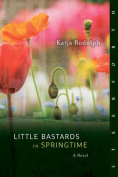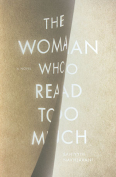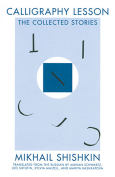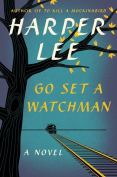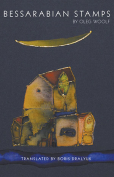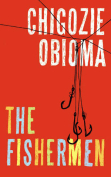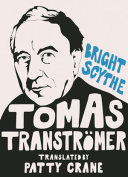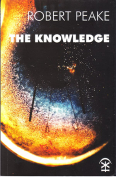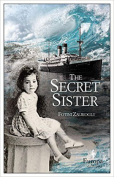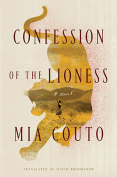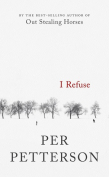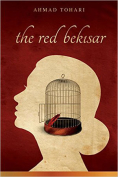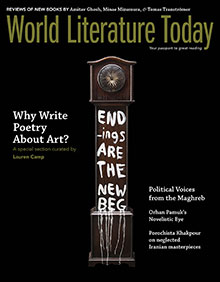Go Set a Watchman by Harper Lee
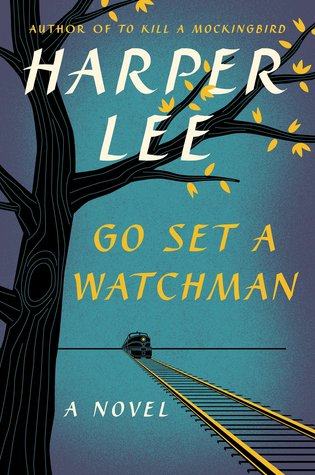 New York. HarperCollins. 2015. ISBN 9780062409850
New York. HarperCollins. 2015. ISBN 9780062409850
Jean Louise (aka Scout) Finch is twenty-six years old and returns to Maycomb, Georgia, for her fifth annual jaunt home from New York City. Her father, the incomparable Atticus Finch, is seventy-two and suffers from rheumatoid arthritis. Her brother, Jem, is dead of a heart attack, and Calpurnia has left the service of Atticus following Jem’s death. Aunt Alexandra Finch Hancock is keeping Atticus’s home, and the beloved but eccentric uncle, Dr. Jack Finch, appears to guide Jean Louise through a very dramatic transformation, in some three days, to independence.
Told in seven parts and nineteen chapters, Go Set a Watchman is, in fact, a companion piece to the famed To Kill a Mockingbird (1960), and for those readers who found the former story a bit too idyllic, Watchman is a welcome relief. It both liberates Scout and confirms Atticus’s humanity, as opposed to the god-like quality bestowed on him by a young girl’s reverence and admiration.
It is impossible to consider this new novel without reference to Mockingbird. Readers familiar with the classic of American literature will immediately wonder why Scout left Maycomb. Will she marry Henry “Hank” Clinton? And how has Maycomb changed since her childhood? Moreover, why does the title allude to Isaiah 21:6: “For thus hath the Lord said unto me, ‘Go forth set a watchman, let him declare what he seeth’”? Atticus-isms—teachings of Atticus wholeheartedly adopted by Scout—abound in this novel, from his views on learning the law (which isn’t taught in law school) to his distinction between scatology and blasphemy.
The comfort some readers enjoy with Mockingbird dissipates with this novel, and that is as it should be. Uneven and less polished, Watchman is mature in its evolving ethos and outlook. Raised by a black woman and a white man, the adult Scout is not quite at home in Maycomb because of an incomplete white-supremacy and class-privilege socialization process. Most tellingly, Scout is unable to reconcile the two versions of Atticus. The former defender of Tom Robinson was once a member of the Klan and is on the current board of the Citizens’ Council, which is opposed to desegregation and federal government interference. The NAACP is a frequent whipping boy. It has been five years since Brown v. Board of Education, and the good people of Maycomb view the ruling as another war against them, and by extension the South, hence the creation of a Citizens’ Council to protest the court decision and to warn Negroes from moving too quickly toward social equality. When Scout discovers Atticus’s clay feet, she muses, “The one human being she had ever fully and wholeheartedly trusted had failed her . . . and the most potent moral force in her life was the love of her father.” Scout is unable to reconcile the two versions of Atticus.
The controversies surrounding the publication of this novel will likely detract attention from the story. The resolution itself is rushed and in many ways unconvincing. Novels can create worlds, speak truths, and then retract them in one fell swoop. Although some readers may decry the interrogation of Atticus’s character as unjust others will celebrate it as the hallmark of a fully human character. Supermoral men do not really exist, and that may be an inconvenient truth. And though uneven and in some ways incomplete, the work merits attention.
Adele Newson-Horst
Morgan State University




